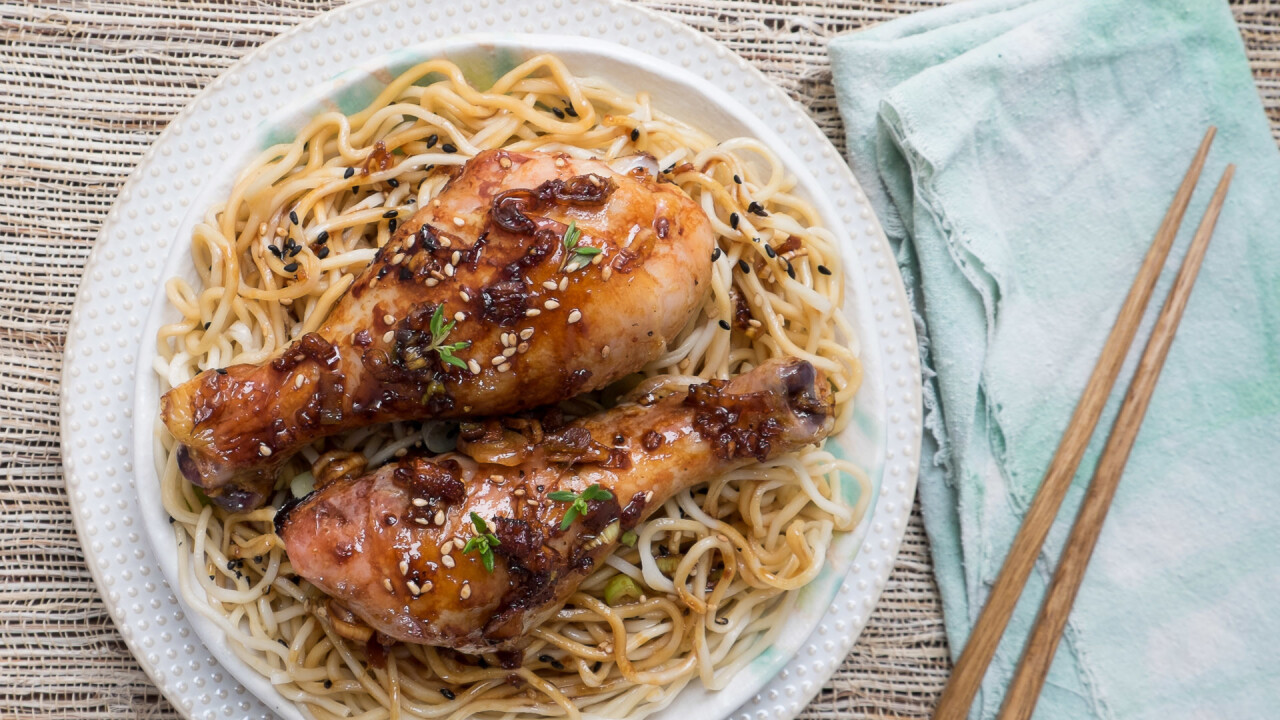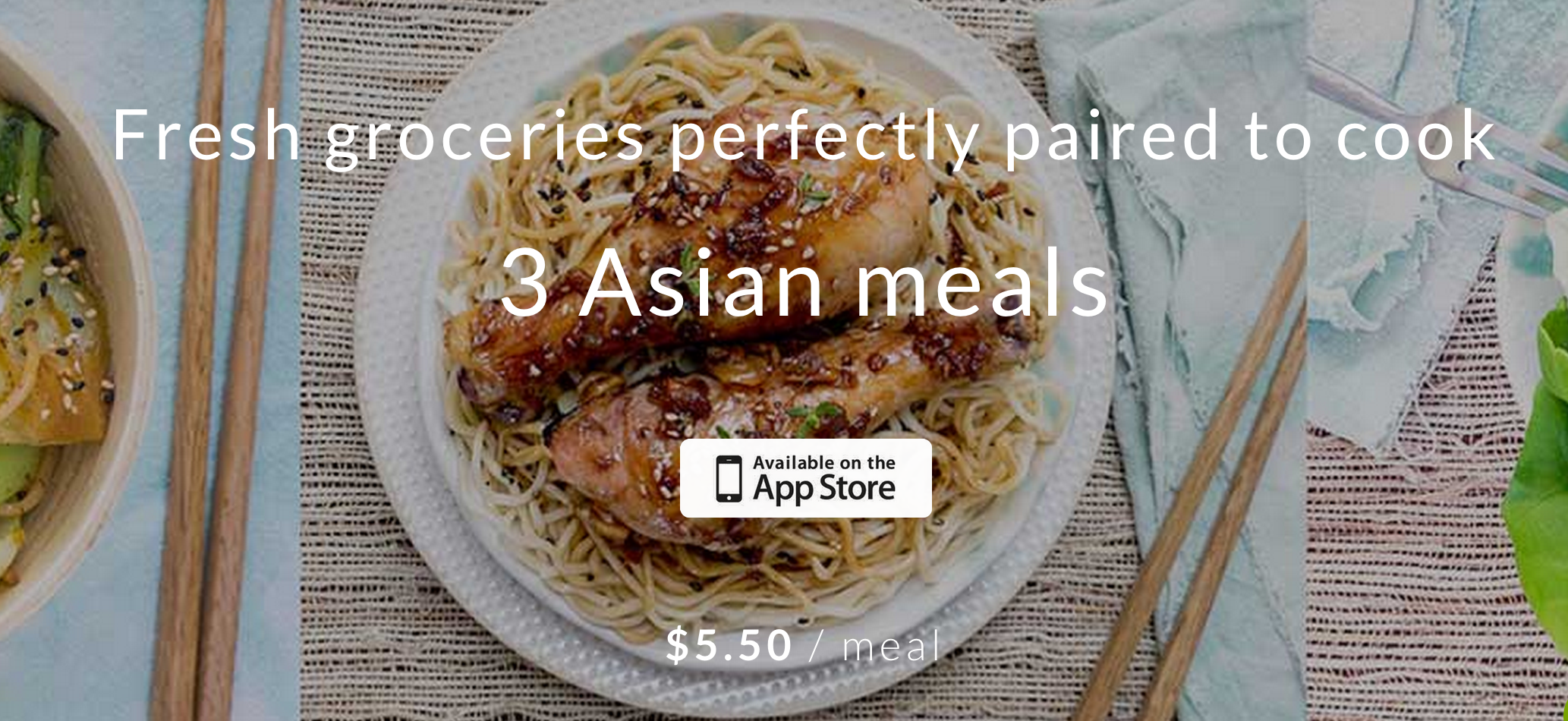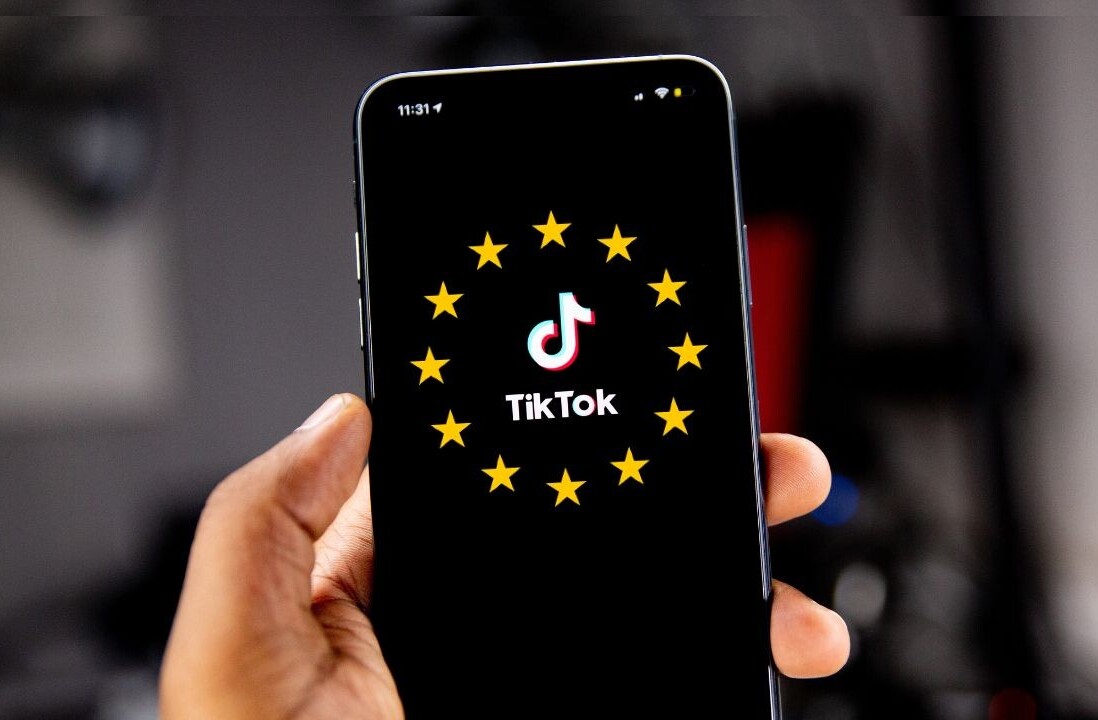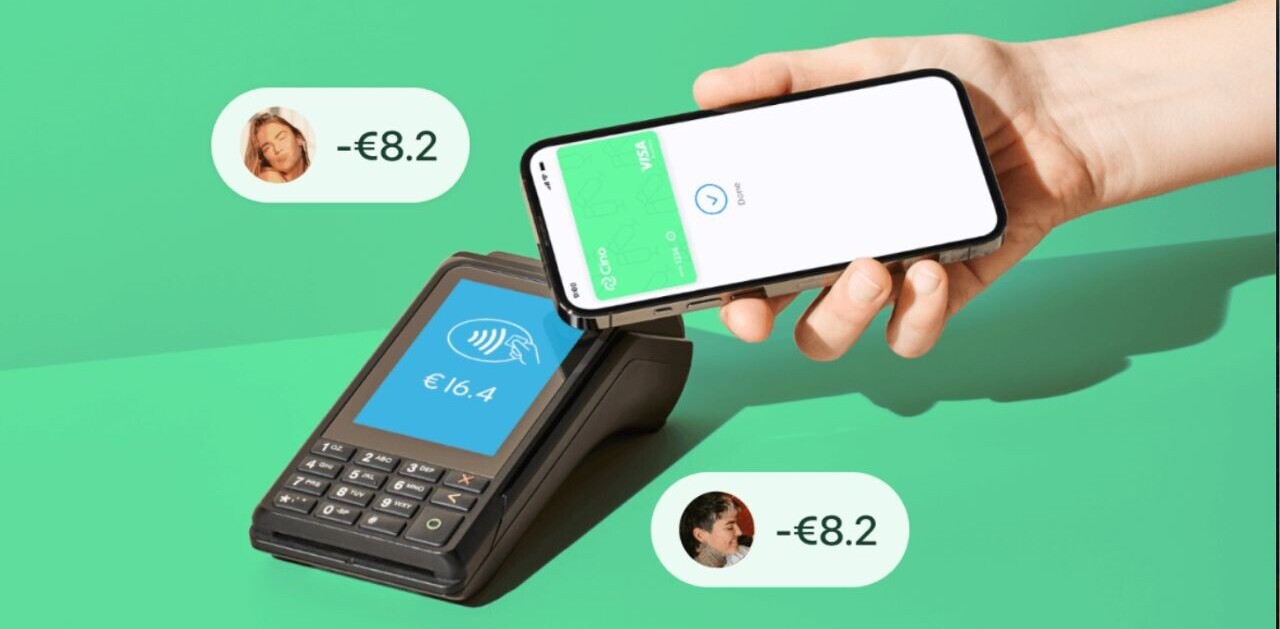
If you’re living in San Francisco, every startup is looking to get to your heart by way of your stomach. From pre-made ready-to-heat dinners made from chef’s recipes to full-on DIY gourmet meals three times per week, startups are racing to acquire a share of mind and meals from busy professionals who really don’t have the time to cook.
Today, another company enters the fray: Handpick, a recipe-recommendation service for iOS that helps you make use of what you already have lying around in your kitchen, has introduced Smart Groceries — a subscription-free meal delivery service.
The service, which serves all of California, offers five different meal bundles with specific themes, like gluten-free or Asian.

The interesting thing about Handpick, and the angle Handpick CEO Payman Nejati hopes will stick, is how cheap it is. Smart Groceries start at $40 including delivery — or around $6 per serving. This is because Handpick sources all of its products in a partnership with Safeway, delivering items commonly found in the store to its users rather than pre-packing meals.
“We looked at 10 to 15 ingredients that paired really well together,” Nejati explained. “We put them together and we looked at three different dishes that you could make using them throughout the week.”
And, Nejati added, if you have leftovers or aren’t interested in a recipe that week, you can look through Handpick’s recipe matching system to find a new or different meal.
Handpick currently has a partnership with just Safeway, but Nejati said that the company is looking to partner with more retailers (including high-end ones like Whole Foods) to offer the service at different price points and to cater to different tastes. It’s also considering methods to keep costs even lower.
“We intend to make Smart Groceries available for pickup in store, driving our overall price tag even lower for consumers. We also have some other interesting ideas that we are noodling to support our customers’ preferences and extend our lead in flexibility with our smart groceries.”
Then, Nejati invited me to try a box.
Cooking with Smart Groceries
A quick note about me: I would say that my cooking skill is above-average compared to my peers. I own both a real blender and a hand blender, and I can chop an onion with relative uniformity. I’m by no means an experienced chef, but living in an expensive place like San Francisco means that spending nights in makes my wallet much happier in the long run.
I am also an experienced meal-delivery user, because I am a garbage sloth-person who can’t spend the mental energy thinking in advance about what I’m going to eat next. I’ve cut pre-measured sauces free from their plastic prisons, cooked meat that has been vacuum-sealed and marinated for my enjoyment, and opened up canisters filled with prepared pasta salad.
I selected the Asian Bundle, which I didn’t know at the time is actually the cheapest option available through Handpick. But I like noodles, so I figured it would suit the tastes that I am feeling in the moment.

When the box arrives, I open it and it looks like groceries. For example, two meals for the week call for chicken (one chicken thighs or drumsticks, and the other chicken breast), and instead of two different individually sealed packages of chicken, I have one Safeway value pack of a ton of chicken.
At times the amount of food seems very random — rather than a whole soy sauce bottle, for example, I received many prepackaged tablespoons of soy sauce in little plastic fish. Instead of one jar of honey, I got a tiny jar that looks like it was stolen from a continental breakfast.
It’s jarring to me, particularly because I’m used to everything being pre-measured and set out for me in a way that indicates even a 12-year-old could make this meal after school. But, I mentally concede that the packaging in these boxes is often horrendously excessive, and that less measuring means less packaging. I will have to do the hard work.
The instructions for each meal at least compensate for the layer of randomness hidden with each grocery store, if at times they seem a little small. For example, my chicken chow mein suggested that I use 4 ounces of chicken, which I know is a better portion for one serving and not for the two servings the recipe promises.
And, although I own two different kinds of blender, I don’t have a digital scale, so I made a fist with my hands and guesstimated how much would work out. It barely made a dent in the value pack of chicken, so I am certain I will have leftovers.
Despite the initial misgivings, the meal came together fluidly. I didn’t feel confused or discouraged, which was especially nice considering I don’t cook Asian cuisine that often because of its high-intimidation factor. I happily squirted the soy sauce from the little plastic fish onto my noodles, and the overall taste profile was there.

I haven’t made it through all of my meals, but the portions seem correct so I know I won’t run out. But I do wish that there was a way to edit the ingredient list in each box — I would be hesitant to order the Asian Bundle again, even if the recipes looked excellent, if it meant I’d get another whole bottle of oyster sauce.
If you’re interested in a grocery delivery service, and are willing to do a little more work and trust your local grocery store, then Handpick is a great low-cost option. Handpick’s decision to ditch the subscription is also a welcome change, as it means that users can change their orders and tastes as they see fit.
Plus, I feel like I’ve learned something, and I could get the same base ingredients on my own and cook with my special sauces without needing Handpick every week. Value pack chicken, I’m coming for you.
The market is flooded with meal delivery options, but Handpick’s practicality makes it a better solution for people who are conscientious about waste and would rather spend their time cooking than planning.
➤ Handpick [iOS]
Read Next: GoButler wants to be your new (and free!) digital on-demand concierge service
Get the TNW newsletter
Get the most important tech news in your inbox each week.




